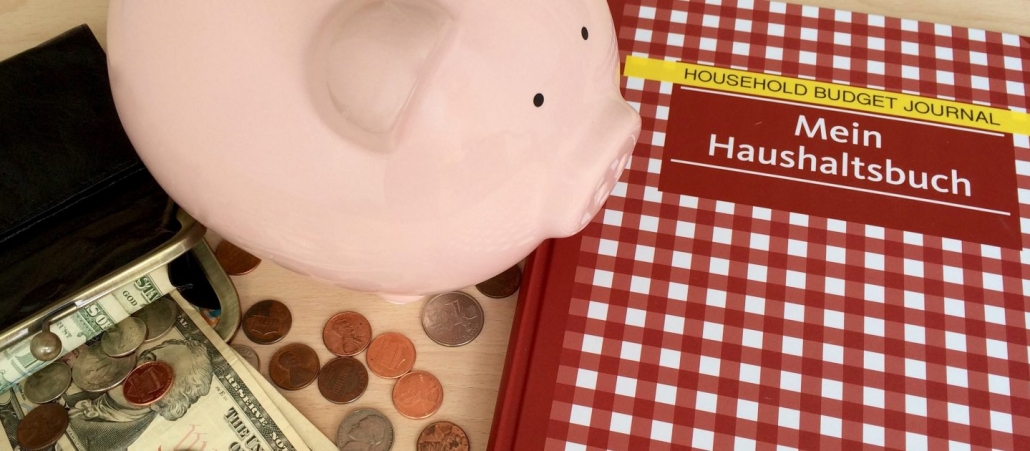Dollars and common sense. Household budgeting The Oma Way.
Household Budgeting Tips
Find some easy to follow household budgeting tips Oma used successful for 40 years.
Money, Money, Money! Easy to say, easy to sing, but for some, not so easy to save. All the advice and information you may have to help manage your money will be of little benefit until you become acutely aware of your spending behavior. How much is coming in? And how much is going out? This eye-opening revelation doesn’t take a computer, fancy spreadsheets, or some high-priced advisor. Having raised four children on a low budget, I learned how to be careful with money and how to prioritize expenses. I like to share my household budgeting tips and it might help to get a better understanding. Gaining control of your finances simply takes a notebook and a pencil. Just like I’ve done the last 40 years.
So where do you start? Start by figuring out your total earnings.
1. List your monthly net income:
This determines the amount of money you have available to spend every month.
- Salary
- Other income
Great. Now that you have that number, let’s determine the amount that “must be paid.” Essentially, these are your living expenses.
2. List your monthly fixed expenses:
Unfortunately, these are the payments you have no control over. They come back again and again, month after month.
- Mortgage/Rent
- Gas/Electric
- Water and Sewer
- Child Care
- Loans
- Health/Home/Car Insurance
- 401-Retirement Plan
Now it’s time to add the expenses that help maintain your lifestyle. These services or “conveniences” aren’t fixed. They’re variable. And you actually have some control over the costs—such as data usage on your smart phone, the number of premium movie channels on your cable bill, taking public transportation verses the costs of owning a car, and so on. You can even save money by doing your own repairs or mowing the lawn. Yes, every little bit helps.
3. List your monthly variable expenses:
These are the costs that can go up or down based on your lifestyle choices.
- Phone
- Internet
- Cable
- Gas for car
- Repairs (house, garden, vehicles)
- Computer, office/school supplies
- Credit Cards
Just when you think you’re done spending, here’s another list to add. But just like your variable expenses, these flexible expenses can be controlled. From trips to the grocery store to your trips on vacation, you can move the savings needle in your favor by the smart choices you make.
4. List your monthly flexible expenses:
It’s easy to spend on fashion and restaurants, control your flexible spending and you’ll make a big dent in your debt.
- Groceries
- Clothes
- Cosmetics and care products
- Baby food and care
- Cleaning products/cleaning personal
- Babysitting
- New replacements in and around house, garden, cars
- Vacation/Weekend trips
- Sporting events, dining out, movie theater, kids clubs, etc.
- Presents for holidays, birthdays, weddings, baby showers, etc.
NOTE: Want to save even more money? Start introducing some homemaking skills to your daily life. Learning something as simple as how to prepare homemade food or how to sew a button (to slightly more complex jobs like how to fix a leaky pipe or change your own motor oil) can significantly reduce your financial expenditures. All it takes is a little time, patience, and practice—and watch it pay off big in the long run.
It all adds up!
Take a look at your notebook—more specifically, the money coming in and out. This little exercise alone (of writing things down) should help you become more aware of your spending habits. It’s also a good reminder that every dollar counts—especially in this economy. Use your notebook as a journal to keep notes, calculations, AND RECEIPTS! Every few days, log in your expenses in your notebook. After a month or two, you’ll be able to see more and more opportunities to save with these household budgeting tips. Good habits = Greater success.
Stay tuned for more money-saving tips, including: How To Raise Your Shopping IQ.
“Did you know… if you cut out the morning stop at your local coffee shop, you’ll save over $728 a year? Eliminate going to lunch five days a week and you’ll save another $2,200 a year!”



